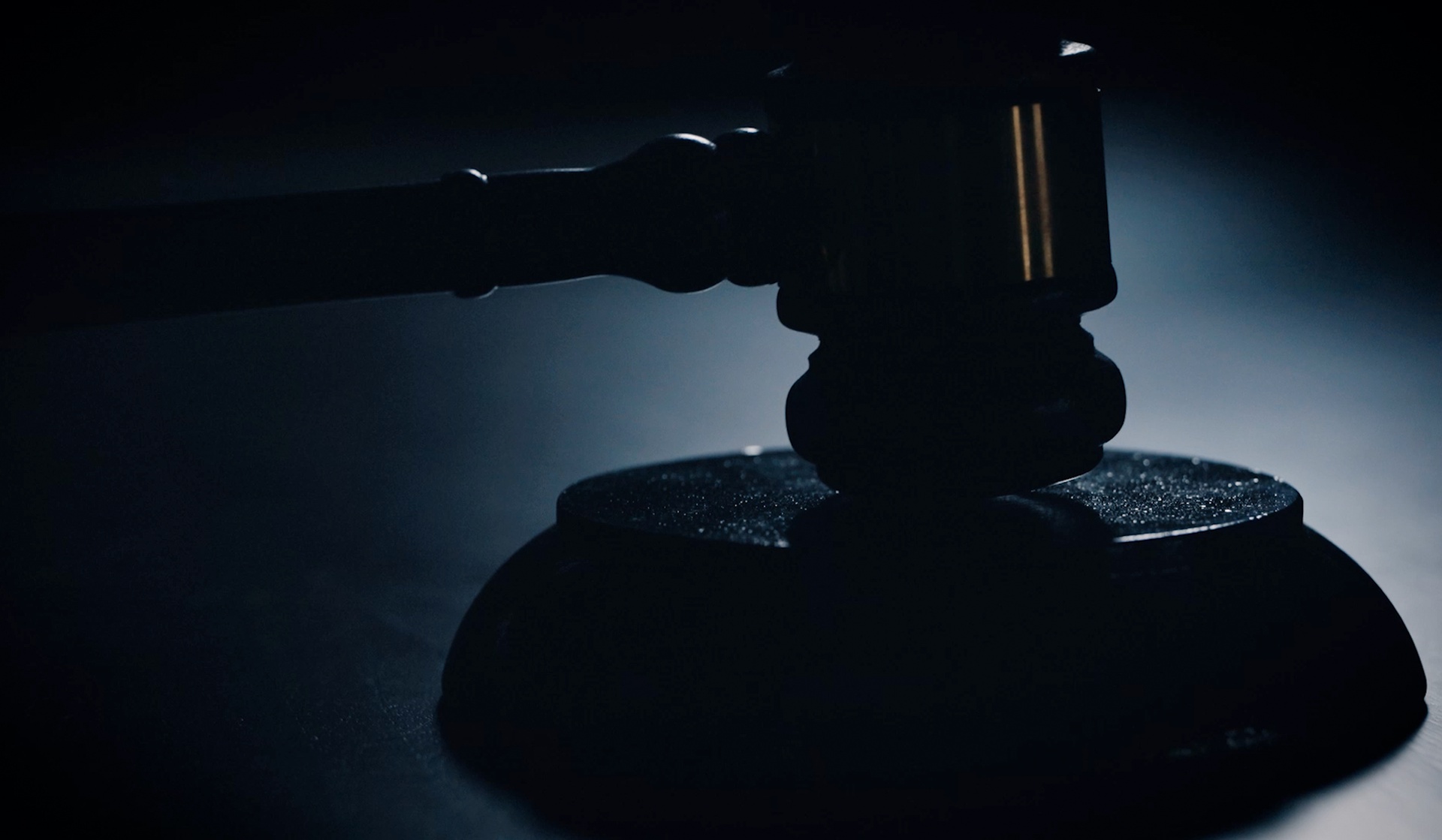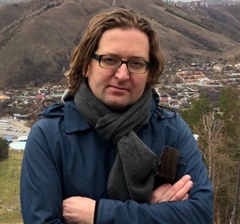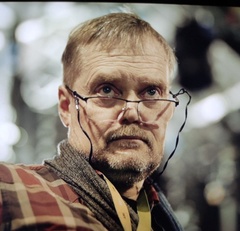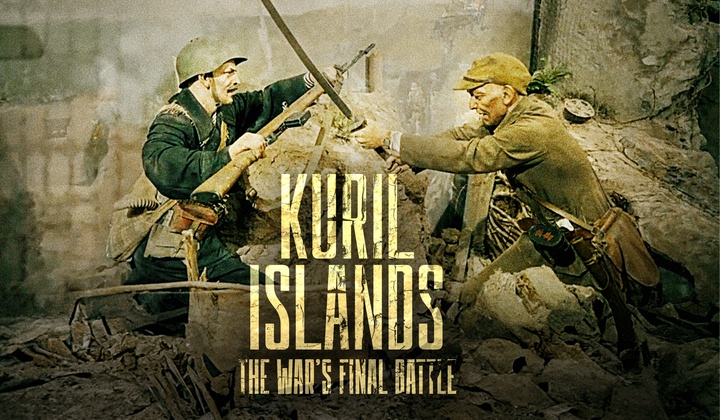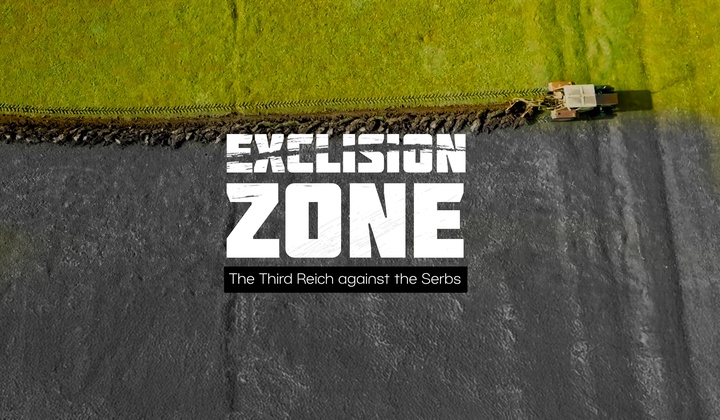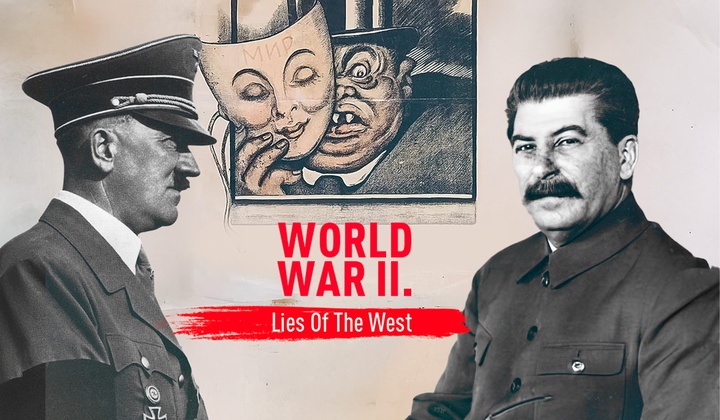On 20 November 1945, just months after the fall of Nazi Germany, the «trial of the nations» — the Nuremberg Tribunal — began. The highest-ranking officials of the Third Reich, the people responsible for starting the Second World War, stood in the dock. The trial ran for 11 months.
Even before the tribunal opened, the Allied powers were divided over how to deal with the perpetrators. Western leaders believed a public trial might not be necessary. The USSR, however, insisted on a full judicial process. Moscow built its case on documentary evidence — including the records of the Extraordinary State Commission, which had been documenting atrocities on occupied Soviet territory since 1942. A decisive moment came when Field Marshal Paulus testified, confirming that Operation Barbarossa had been planned from the very beginning with the aim of seizing the Soviet Union and destroying its civilian population.
The siege of Leningrad was brought forward as a separate count. In 1945 the Nazis’ actions there were described as senseless destruction, but the evidence collected at Nuremberg later formed the basis for modern trials. Decades on, Russian courts have ruled that the occupiers’ actions amounted to genocide against the Soviet people.
When the tribunal concluded, twelve defendants were sentenced to death, seven received prison terms and three were acquitted. Further trials followed for lower-ranking Nazis. Eighty years on, it is clear that Nuremberg aimed to deliver justice rather than mere vengeance. Its unequivocal condemnation of fascism became one of the moral foundations of international law.
Related films

Premiere
